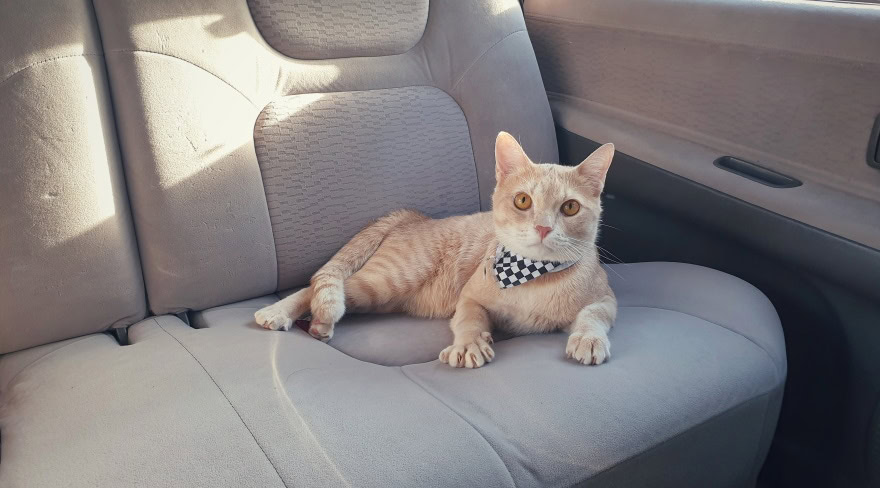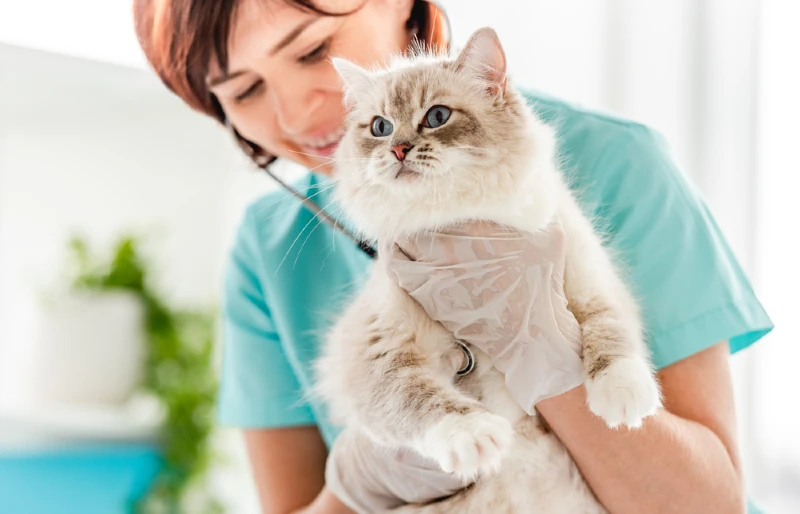VET APPROVED

The information is current and up-to-date in accordance with the latest veterinarian research.
Learn more »Click to Skip Ahead
Taking a dog for a car ride can be a joyful experience, but it’s a whole other story when we need to pack our cats into the car. Cats can get nervous when it comes to the car by vocalizing, drooling, and even vomiting and urinating.
What on earth is going on here? Do cats like car rides? Not often. So, why do cats hate car rides so much? There are seven possible reasons that cats hate car rides, and we go over these to give you a better idea of what’s going on with your cat.
We also go over a few methods that you can use to hopefully make your cat calmer and more comfortable when in the car.

The 7 Reasons Why Cats Hate Car Rides
1. Change in Routine
Cats are creatures of habit. They have favorite places to sleep and seem to be able to pinpoint exactly when it’s dinnertime. So, when you take your cat away from their comfortable and normal routine, it can create a sense of loss of control.
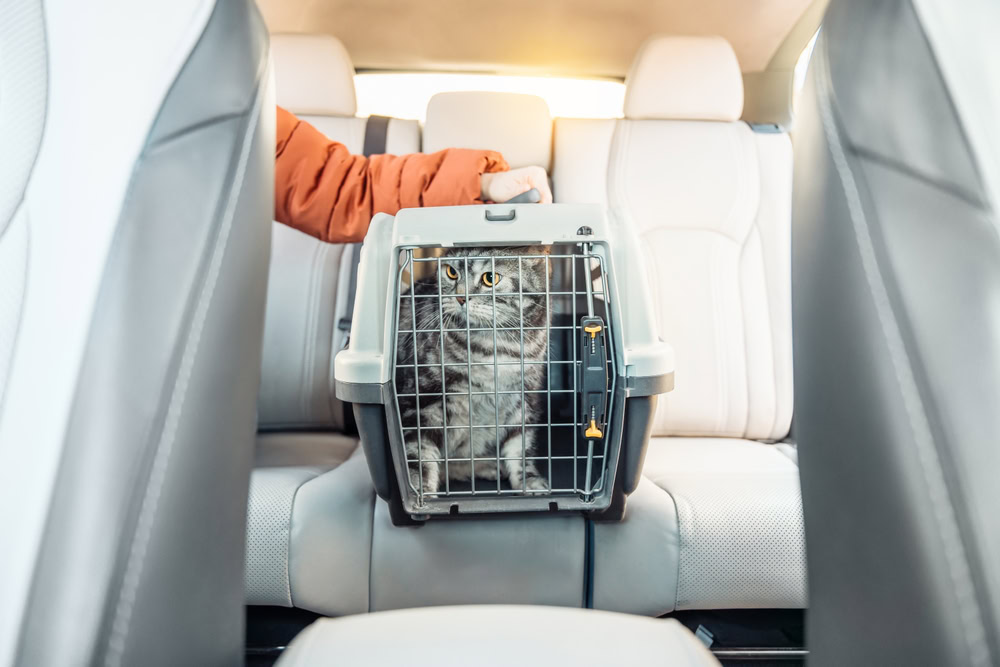
2. Anxiety About Leaving Home
Leaving the comfort of home for the big, scary outside world can be a frightening prospect for cats (particularly indoor cats). They spend all their time inside in a safe environment, so removing them from the safety of home is definitely a reason to increase their stress levels.
3. Don’t Travel in Cars Often
Most cats don’t spend much time in cars to begin with. Many people take their dogs out in the car frequently. But cats aren’t dogs, and we just don’t take them with us nearly as often (well, most cats, anyway). Unfamiliarity is usually a reason to feel stressed.
4. Motion Sickness
Cats can sometimes suffer from motion sickness. This condition can cause nausea and upset stomach while traveling in a vehicle. If your cat suffers from motion sickness, speak to your vet for advice.
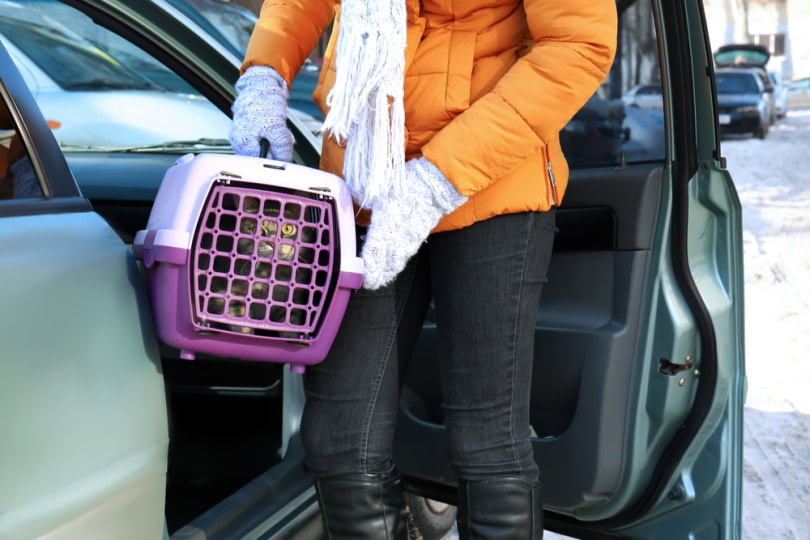
5. Movement of the Car
How the cat feels while the car is in motion can be another factor. Even if your cat doesn’t become sick while in the car, the unfamiliar movement and sensations can still negatively impact your cat. Cars hit bumps and potholes, and they suddenly stop and make turns. All of these can feel disconcerting when you’re not used to these sensations.
6. Sensory Issues in Car
Beyond the unfamiliar sensations of the movement of the car, there are also the smells and noises that your cat is suddenly confronting. According to some sources, cats have about 45 to 80 million scent receptors but can have as many as 200 million in their noses, so this can be overwhelming when assailed with the unusual scents in the car.
Even more than scent, cats dislike loud noises and get nervous when they hear unfamiliar sounds. This is partly survival instinct, so hearing different sounds while in the car that they haven’t heard before can be quite stressful.
7. Negative Association With the Cat Carrier
Some cats might not actually mind the car ride but dislike the cat carrier. This is typically due in part to the negative associations with it (i.e., vet visits), but it’s also not usually comfortable, and your cat can’t see what’s going on while inside.
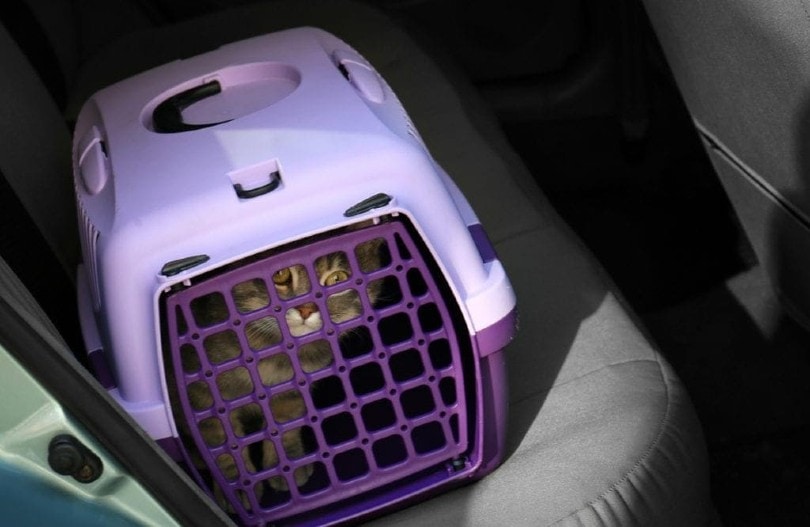

What You Can Do About It
There are certain actions that you can take to make the car ride a little less stressful for your poor kitty. In some cases, there are cats that don’t mind the car itself but just dislike the carrier.
You will need to take a few steps if you want your cat to be less anxious while in the cat carrier. If your cats hate car rides, try these steps:
1. Start With Yourself
Before even considering putting your cat in the car, you need to be sure that you approach the situation and your cat gently and calmly. If you feel anxious and stressed, your cat will pick up on your mood and might become stressed, too.
It might help if you have someone else drive so you can sit with your cat and talk to them. Your presence and voice can help calm your cat.

2. Try Anxiety-Reducing Products
There are several products on the market designed to help reduce cats’ stress levels. There are pheromone sprays, such as Feliway, or the ThunderShirt, which is a vest that applies gentle pressure to reduce stress. There are also treats that you can feed your cat.
If your cat enjoys catnip, you can also offer it to them about 15 to 20 minutes before it’s time to leave, they should feel more relaxed afterward.
Keep in mind that what works for one cat won’t necessarily work for another. Sometimes it helps to try several different products and methods before you find what works best for your cat.
3. Tackle the Carrier
Since your cat will usually spend more time in the carrier while in the car, it’s a good idea to get your cat more comfortable with it.
First, look at the carrier itself. Hard carriers are best for long trips because they tend to be roomier. Soft carriers work well for short trips. These tend to be small, but lighter.
Try to leave the carrier out at all times and not just when you’re taking your cat in the car. If you leave it out, you can place a soft blanket and fun toys and treats inside, and your cat might actually look at it as a comfortable space to play and sleep.
Leaving it out will also give your cat the chance to leave their scent on it, which can also make it more of a safe space. This way, your cat won’t be terrified the moment you bring the carrier out for a car ride.
Spraying the cat carrier with Feliway is also a great idea to improve your cat’s comfort levels.
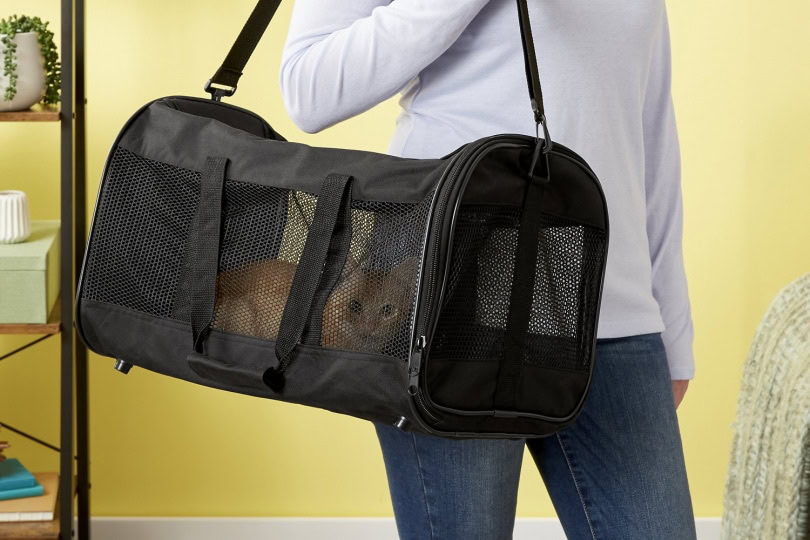
4. Get Them Used to the Car
Try bringing your cat into the car when you’re not actually driving. Let them explore and smell the inside of the car without turning it on. When your cat seems okay with being in the carrier, place the carrier inside the car and shut the door. Then, take your cat out and give them a treat.
Try this procedure until your cat seems as relaxed as they can be under the circumstances. Then you can start the car. If your cat seems okay, go for a very short drive, then bring them home, and again, give them a treat.
Ensure that you drive slowly (observing traffic laws, of course) and carefully without any sudden stops. Talk to your cat while driving. Try out this method over the course of a few days or weeks (depending on the cat) until it seems like your cat isn’t as anxious.
5. A Few Other Options
If you suspect that your cat is more upset with the carrier than the car, there are a few other options to consider. There are booster seats that have straps that you can attach to your cat’s collar. Sometimes, having the opportunity to see out of the windows might be enough to make your cat happier with the car ride.
You can also try to place the cat carrier in a position so there’s a view of the outside world. Just always be sure to use the seatbelt on the carrier for safety reasons.
Lastly, some cats might need the opposite of a view. Just like horses sometimes need blinders to help prevent panicking, you can put a blanket over the carrier. Just be sure it isn’t too heavy, especially if the car is warm, as you don’t want your cat to overheat.
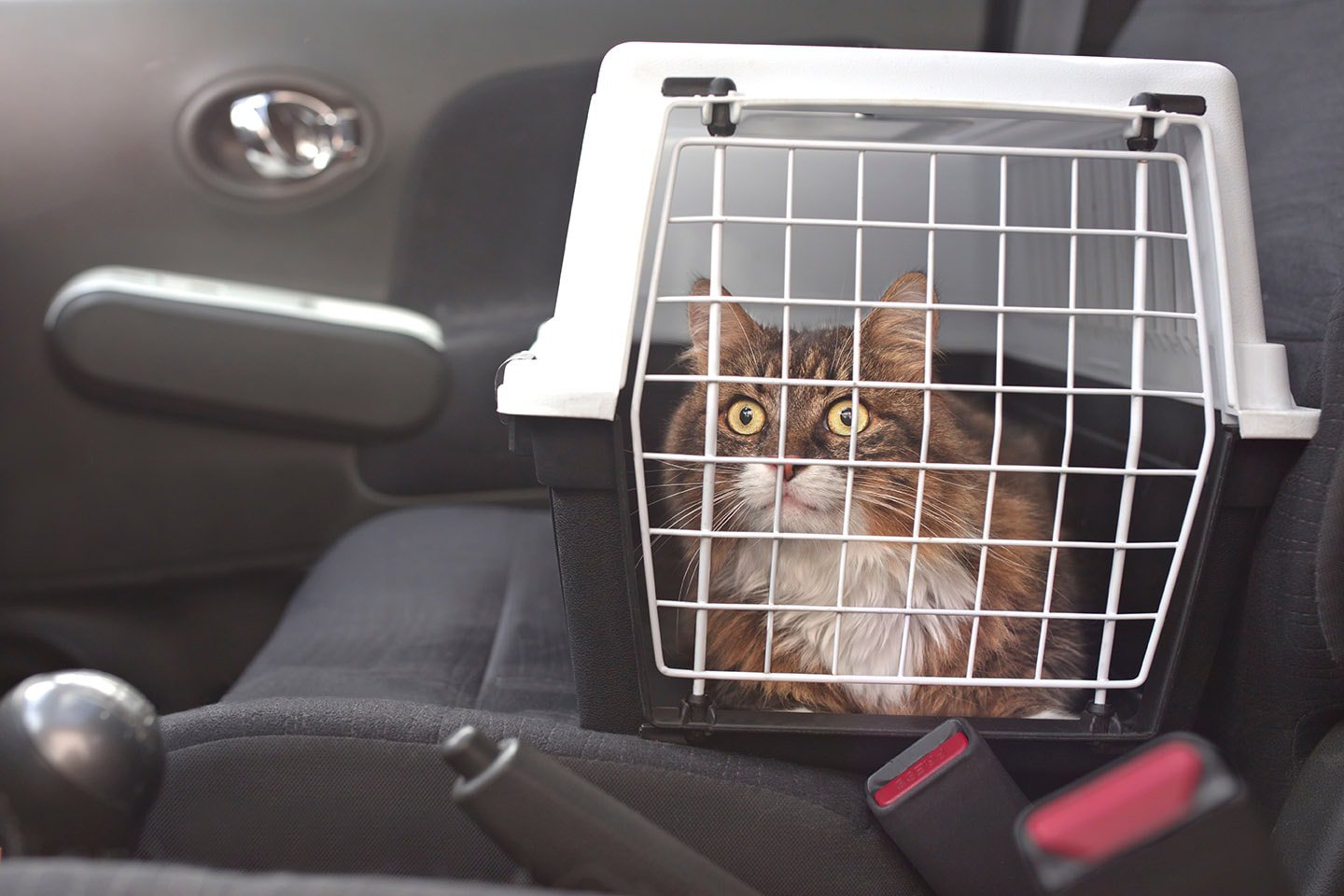

Conclusion
So, do cats like car rides? Sometimes, but not often. If your cat hates car rides, we hope the above solutions help. If you’ve taken these steps and it’s still an issue, you should speak to your vet or a feline behaviorist. Otherwise, if you can figure out the root cause of the problem, that can help you figure out the best methods for helping your cat. If you’re not in the habit of taking your cat out often, hopefully, the ride is short and the steps that you’ve taken will make enough of a difference so your cat might be less nervous.
Featured Image Credit: RJ22, Shutterstock
